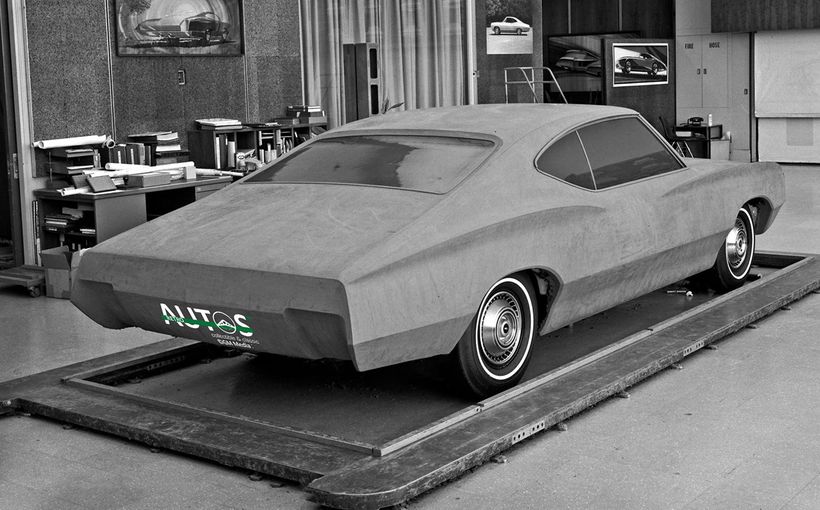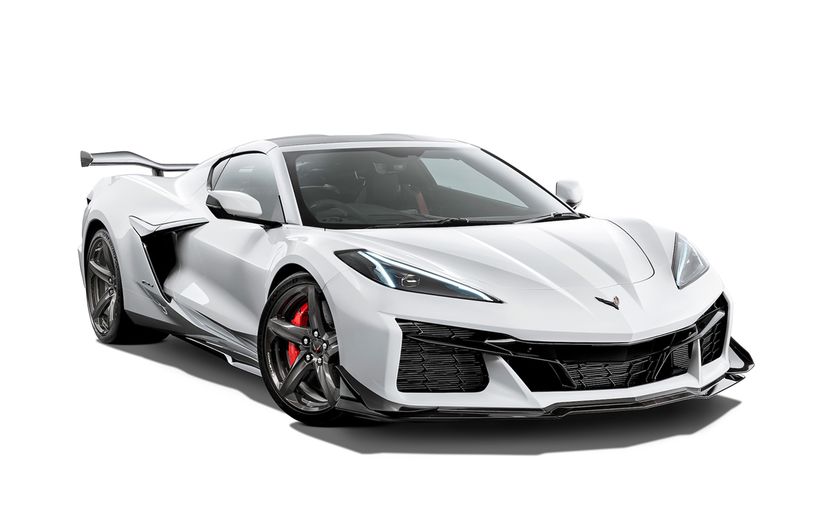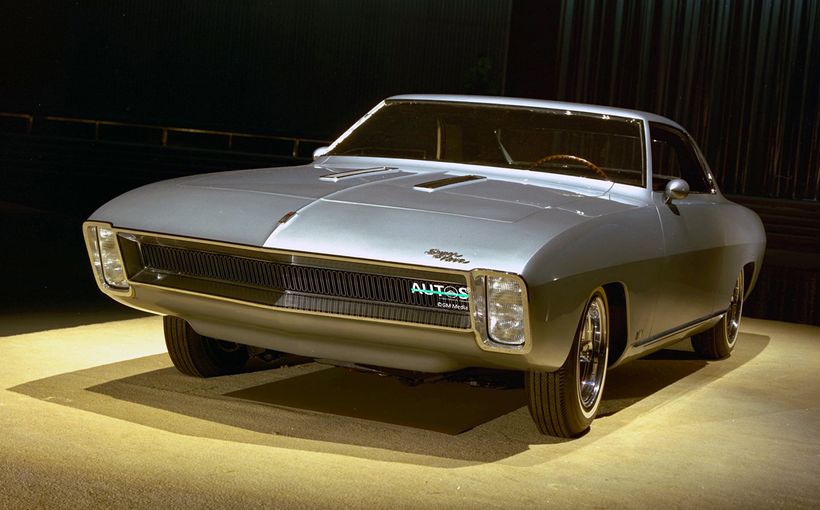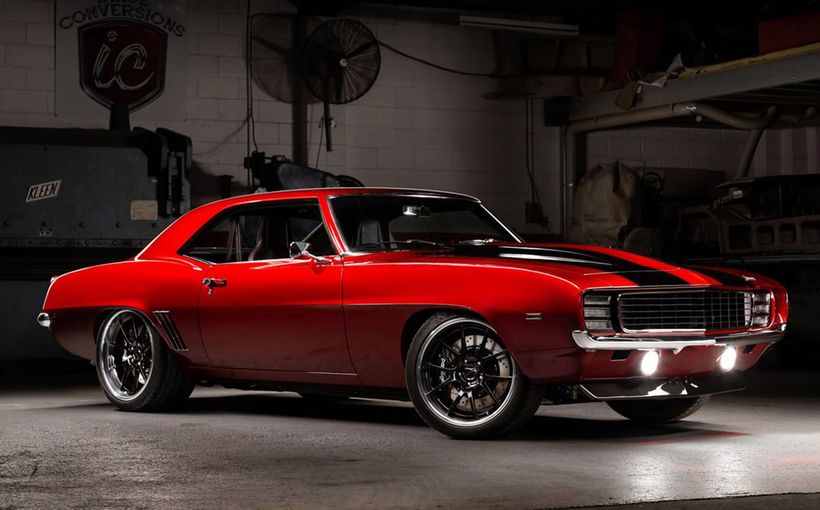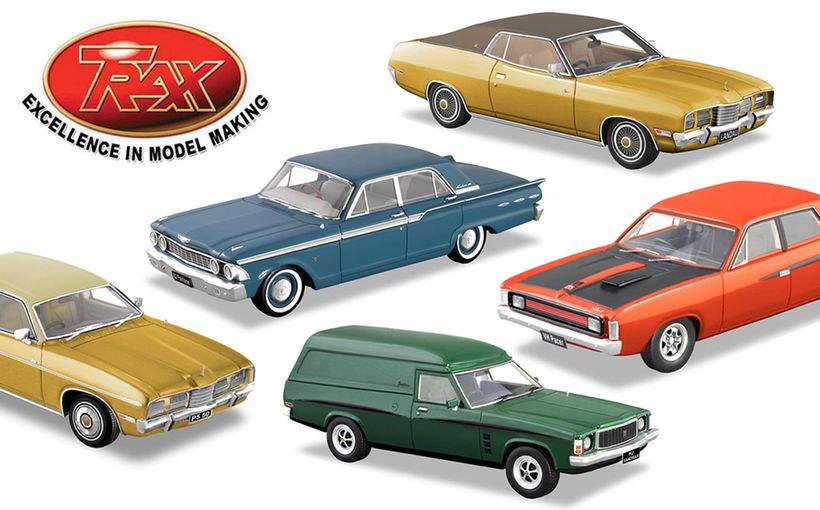Chevrolet Camaro: The long drive from 1967 to HSV!

The phenomenal success of the Ford Mustang demanded a response from Chevrolet and from day one the Camaro was the brilliant answer. Introduced as a 1964 ½ model, the Mustang was an entirely new concept and the swiftness of buyer response was perhaps best summed up by one enterprising baker who hung out a hoarding: ‘our hotcakes are selling like Mustangs.’

Image: https://en.wheelsage.org/
Of course, for model year 1965 Chevrolet already had a superb compact sports coupe, but the rear-engined Corvair Monza was never going to sell in large numbers. Arguably, it was the coming of the Mustang that brought forward what was likely to be an inevitable decision to discontinue the Corvair; within six months of the 1965 models going on sale, the Chevy heavies had settled on its demise before the end of the decade. An April 1965 internal memorandum decreed: ‘No more development work. Do only enough to meet federal requirements.’ Not only was the Corvair – its prospectively treacherous handling woes long sorted – utterly different from the norm in Detroit (or anywhere else in the automotive world of 1965 for that matter), but it was more expensive to build and shared almost none of its technology with other Chevrolets. But the paradox of the Corvair Monza is that its widespread acceptance by the cognoscenti was one factor encouraging Ford to develop the Mustang! Had it not been for the damage wrought by Ralph Nader’s 1965 book Unsafe at Any Speed, the Monza might have sold in the numbers its all-round excellence justified – rear-drive or no.
Whenever one compares new model initiatives between General Motors and Ford, the benefits of close rivalry is evident. Consider Thunderbird/Corvette, Thunderbird/Buick Riviera and Mustang/Camaro.

Image: https://en.wheelsage.org/
It is fair to say that the Mustang set what became the enduring pony car template: combine existing mechanicals and the option of V8 performance and heavy-duty suspension with a rakish new two-door body. Further, its long bonnet/short tail proportions also set a trend for powerful rear-wheel-drive design with the distance between the leading edge of the front door and the front guard a telling dimension. The Camaro, with lots of input from GM design supremo Bill Mitchell, was a little purer and smoother than the original Mustang, which was just as well since it would not come to market until model year 1967 (the US fall of 1966), by which time Ford had already sold upwards of a million Mustangs.

Image: https://en.wheelsage.org/
As with its rival, the Camaro was conceived to draw in a diverse range of customers with Chevrolet offering its carefully devised ‘building block’ option packages. More than 80 factory options were on offer and about 40 more dealer-installed accessories. There were just two body shapes (compared with three – hardtop, convertible, fastback – for the Mustang), hardtop coupe and convertible, but while the entry level price was $2466 (coupe) it was easy enough to add sufficient juicy extras to bring the pricetag up to or even over $5K. Convertibles started at $2704.
The base engine was a 140-horsepower 230 cubic-inch in-line six (with a 155-horsepower 250 also available for an extra $26), but there were several V8s on offer. The exciting Z28 variant (in roadgoing trim) was equipped with a 302 making 290 brake horsepower at 5800rpm. Lesser Camaros could be specified with the 327 (210 horsepower, compared with 250 for our 1968 Holden Monaro GTS 327 or the 350 with 295 brake horsepower. Before the end of 1967, Camaro customers could order a 396 cubic-inch big-block V8 for almost $400 extra.

Image: https://en.wheelsage.org/
One very popular option was the $196 Rally Sport package which included a hidden-headlight grille.
Remarkably, Camaro buyers could choose from a dozen different final-drive ratios!
The Camaro established itself immediately as a prospective sales rival for the Mustang with more than 220,000 finding homes in the first year. Ford sold a staggering 680,000 Mustangs in 1965 but in the year the Camaro came on song (1967), the tally was down to less than half a million. Camaro sales climbed to 235,000 for 1968 and 240,000 the following year.

Image: https://en.wheelsage.org/
The newly formed Trans-Am racing series inspired Chevrolet to develop the legendary RPO (Regular Production Option) Z28 variant. In order for a car to be eligible for the series, it had to be available for general sale and attract at least 1000 buyers. Minimum engine capacity was 305 cubic inches. Chevrolet engineers developed a new hot small-block V8 with a forged steel crankshaft, big-port cylinder heads and a Holley 4-barrel carburettor. The compression ratio was 11:1. This new unit made in excess of 400 horsepower. The Z28 also received F41 heavy-duty suspension and a Muncie four-speed transmission. Exhaust headers, quicker steering, an 11-inch clutch, front discs and sintered metallic linings – shades of the 1963 Holden EH S4! – were the other main mechanical upgrades. But exterior differentiation was modest. Bonnet ducts, rear spoiler, Corvette rally wheels with bright rims and wider tyres, along with fat racing stripes on the bonnet and boot set the original Camaro Z28 apart from the standard car. The base price was $3380, making it an absolute performance bargain.
In 1967 the Z28 won 18 of 25 Sports Car Club of America’s Trans-American races and went on to claim the class championship in 1968 and 1969.
The Z28 would prove to be a fixture in the Camaro lineup until this century, despite a two-year gap in the 1970s. Just 602 were sold in the first year, rising to 7199 in 1968 and 19,000 in 1969.
No major changes were made to the Camaro range until mid-1970, other than a moderate facelift for the 1969 models – V-shape grille, new tail, plus front and rear swage lines over the mudguards.

Image: https://en.wheelsage.org/
The second-gen Camaro made its debut for model year 1970 and would run for a dozen seasons. Chevrolet discontinued the convertible variant due to sagging demand and there would be no more factory droptop Camaros until 1994. The 1970 model was built on the same wheelbase but bigger overhangs contributed to a significant weight increase.

Image: motorsportmodeller.blogspot.com
For 1977 the Z28 was revived and Down Under, the famous Australian racing driver Kevin Bartlett took notice. KB reckoned the Camaro Z28 would be ideal for the long, fast straights of Mount Panorama but was sorely disappointed when the Confederation of Australian Motor Sport (CAMS) refused to homologate rear disc brakes, insisting that the car run with large finned drums instead.

Image: https://en.wheelsage.org/
Bartlett campaigned the Camaro from 1979 to 1982 and thrilled the crowd with his driving performances. He started from the rear of the grid in 1979 having missed practice but got pole in 1980 and again in 1981. CAMS relented on the rear disc brakes for 1982 and the Camaro was in contention until a split rear rim on lap 27 saw it roll. The late great Bill Tuckey (Australia’s Greatest Motor Race, 1960-1989) summed up Bartlett’s Camaro forays at Mount Panorama thus:
The Camaro stood out wherever it raced in Australia: the simple but dramatic paint scheme, the noise, the way Bartlett drove it….
And (after the 1982 crash):
Bartlett was unhurt, but his campaign to win The Great Race with imported American iron was over. In its four years in the race, the Nine Sports Camaro always looked the part, but an 11th, 13th, and two DNF’s was not exactly what Bartlett had intended.

Image: https://en.wheelsage.org/
There were third (1982), fourth (1993) and fifth generation Camaros (2010) but for Australians serious interest in the super model resumes with the current generation, which made its debut in 2016 and which, in a remarkable development, was reworked by HSV into a right-hand drive version to be sold at a premium price and in strictly limited numbers from late 2018 until mid-2020.

Image: https://en.wheelsage.org/
Like the current Mustang, the Camaro pays huge tribute to the original design, which in both cases has been brilliantly reimagined for this century!

Image: https://en.wheelsage.org/
Despite commanding a premium of almost $20K over the Mustang GT, demand for the HSV Camaro SS was strong. For $85,990, buyers got a 6.2-litre sports coupe making 339kW at 6000rpm and 617Nm at 4400, running through an 8-speed automatic transmission.

Image: https://en.wheelsage.org/
With zero to 100 wasting just 4.9 seconds and the 400 metres done and dusted in 12.9, this Camaro was surely a triumphant piece of work. Later came the 477kW supercharged LT1 with your choice of 6-speed manual or 10-speed automatic transmission.

Photo: Holden Special Vehicles
In a fitting irony, it will be the Camaro which takes over from (now sadly defunct) Holden in the Supercars racing series where the Mustang supplanted the Falcon. In what was once supposedly an all-Australian formula, right-hand-drive editions of US models now rule!

Image: https://en.wheelsage.org/
The current Camaro will almost certainly be the last of the line with GM planning to introduce an electric successor as early as 2025.




